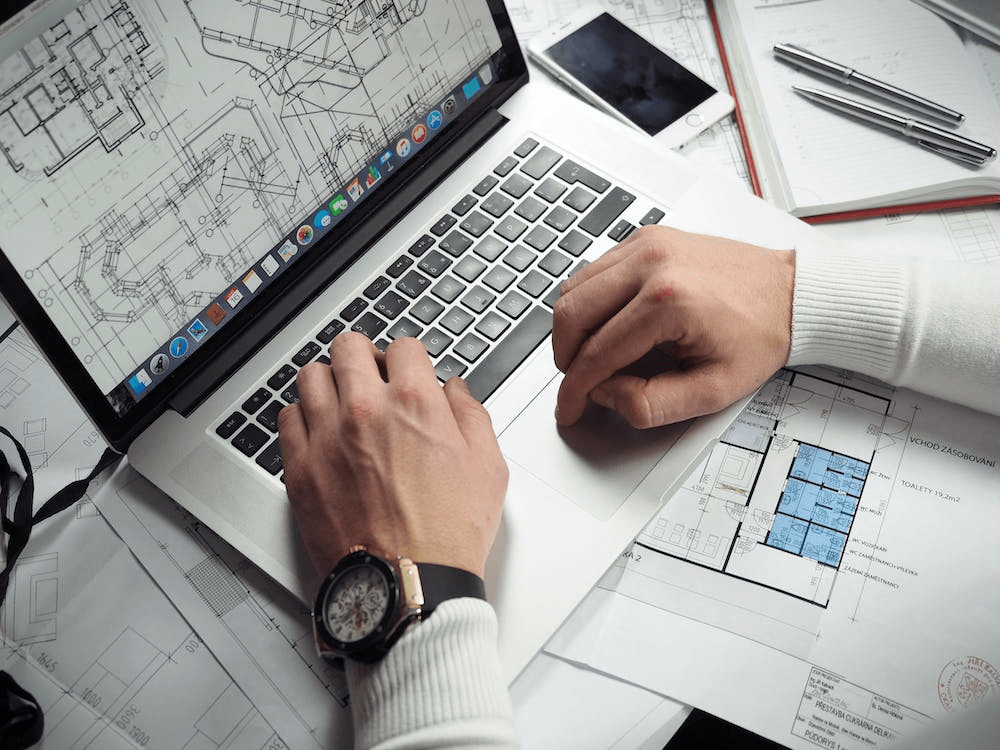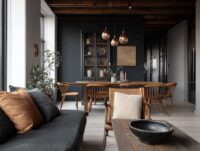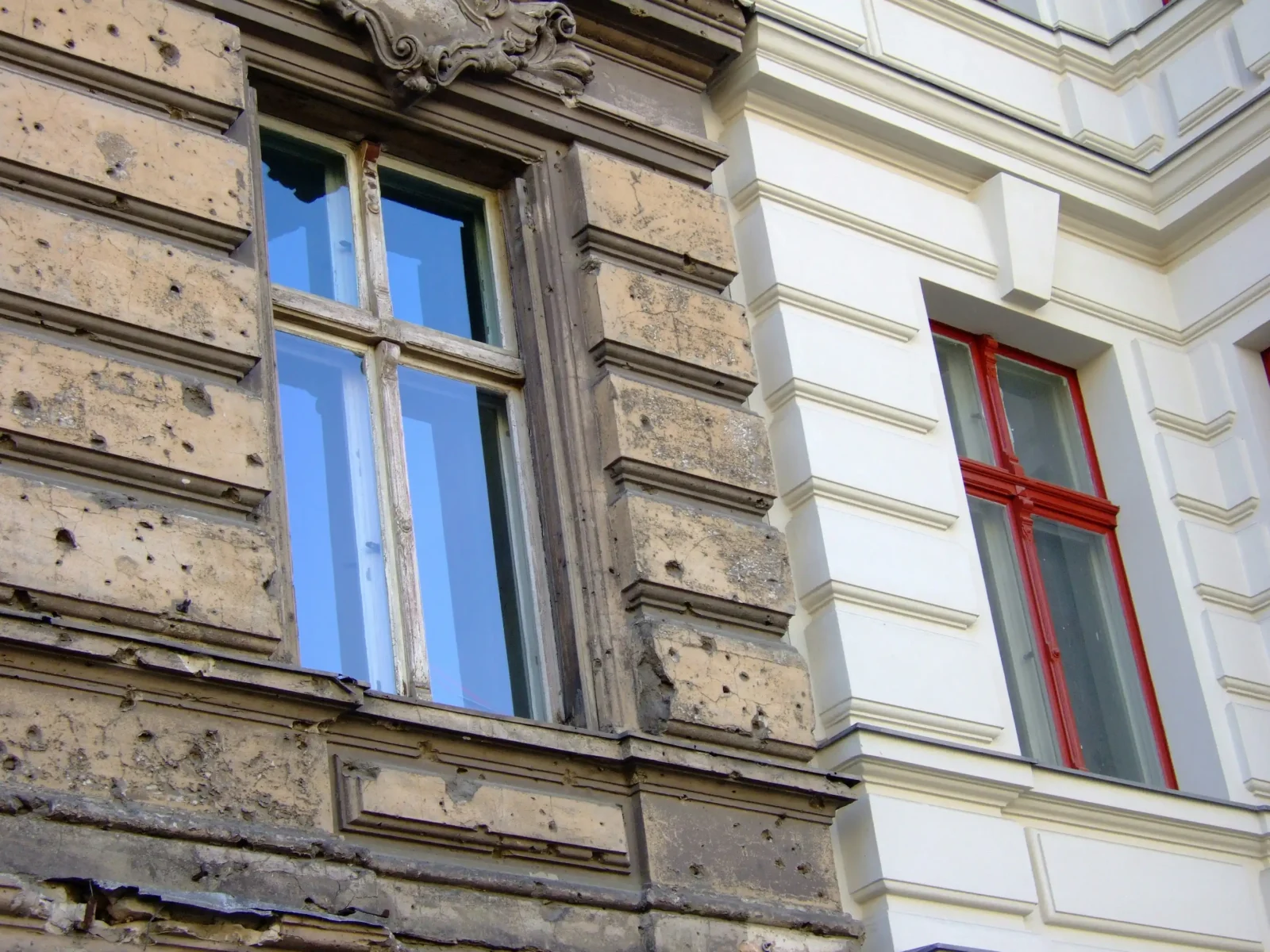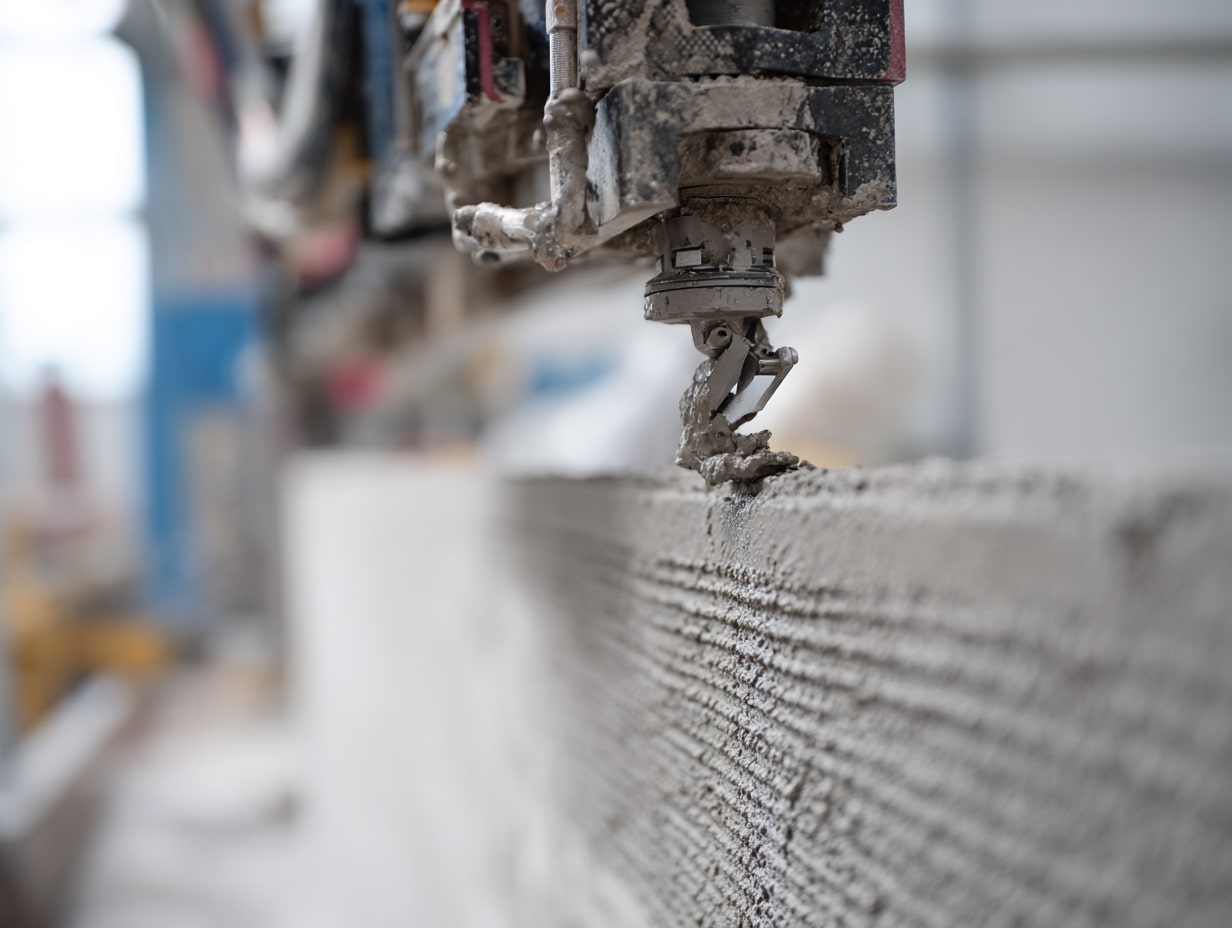- Home
- Articles
- Architectural Portfolio
- Architectral Presentation
- Inspirational Stories
- Architecture News
- Visualization
- BIM Industry
- Facade Design
- Parametric Design
- Career
- Landscape Architecture
- Construction
- Artificial Intelligence
- Sketching
- Design Softwares
- Diagrams
- Writing
- Architectural Tips
- Sustainability
- Courses
- Concept
- Technology
- History & Heritage
- Future of Architecture
- Guides & How-To
- Art & Culture
- Projects
- Interior Design
- Competitions
- Jobs
- Store
- Tools
- More
- Home
- Articles
- Architectural Portfolio
- Architectral Presentation
- Inspirational Stories
- Architecture News
- Visualization
- BIM Industry
- Facade Design
- Parametric Design
- Career
- Landscape Architecture
- Construction
- Artificial Intelligence
- Sketching
- Design Softwares
- Diagrams
- Writing
- Architectural Tips
- Sustainability
- Courses
- Concept
- Technology
- History & Heritage
- Future of Architecture
- Guides & How-To
- Art & Culture
- Projects
- Interior Design
- Competitions
- Jobs
- Store
- Tools
- More
Contemporary Architecture with Traditional Materials

Contemporary architecture has often been synonymous with sleek lines, glass facades, and high-tech materials. But, in recent years, a movement has emerged which seeks to combine the aesthetics of modern design with the age-old allure of traditional materials. This fusion not only bridges our past with the present but also paves the way for sustainable and culturally-rooted architectural solutions.
1. The Rediscovery of the Old:
The renewed interest in traditional materials stems from various reasons. For some architects, the allure lies in the rich texture, depth, and warmth these materials bring. For others, the driving force is sustainability, as these materials are often locally sourced, have lower embodied energy, and are biodegradable.
2. Materials Making a Comeback:
Timber: Once the primary building material across many cultures, timber is making a significant comeback. With advances in wood engineering, we now have materials like cross-laminated timber (CLT) which offer the strength and resilience of concrete but with a fraction of the carbon footprint.
Adobe and Rammed Earth: Traditionally used in regions with hot climates, these materials are being reintroduced into modern designs for their thermal properties, which aid in natural insulation and temperature regulation.
Bamboo: Hailed as the ‘green steel’ of the 21st century, bamboo’s rapid growth and impressive tensile strength make it both a sustainable and sturdy choice.
Stone: A timeless material, stone is being reintroduced not just for its aesthetic appeal but for its longevity and thermal mass.
3. Benefits of Merging Contemporary with Traditional:
Sustainability: Traditional materials are often renewable, locally sourced, and have lower carbon footprints than many modern counterparts.
Cultural Continuity: Using traditional materials can serve to strengthen the connection between a community’s past and its present, fostering a sense of belonging and identity.
Innovative Solutions: By juxtaposing old materials with new design techniques, architects can discover innovative solutions that cater to both aesthetic and functional demands.
4- Case Studies
- The Dyeji Building in Angola
This masterpiece by Costa Lopes combines modern geometric design with local materials, resulting in a structure that mirrors the country’s heritage while heralding its future. - The Bamboo Sports Hall in Thailand:
Chiangmai Life Architects have fashioned a space that is both functional and ecologically responsible, using bamboo to craft a space that’s airy, open, and profoundly rooted in Thai building traditions.
Credit: Climate Action Stories - The Stone House, Portugal:
Located in the Fafe Mountains, this residence seems to sprout directly from the surrounding rock. The Stone House blends traditional stone construction with modern amenities and design. The exterior walls are primarily large boulders, creating the illusion that the house is a natural formation, while the interiors are equipped with modern conveniences, creating a stark contrast. - The Vaulted House, Iran:
Drawing inspiration from the ancient bazaars of Iran and their brick vaulted ceilings, the Vaulted House in Alborz uses thousands of bricks to create a modern residence rooted in time-honored building techniques. The use of brick not only links the building to its cultural heritage but also provides natural insulation in a region known for its hot climate.
Credit: ‘It’s certainly out of the box’: The Iranian project that gets experimental with eco-friendly design (domain.com.au) - The Nk’Mip Desert Cultural Centre, Canada:
Located in British Columbia’s desert, the centre was designed to celebrate the culture of the Osoyoos Indian Band. Using rammed earth walls and incorporating the landscape, the building blends traditional indigenous techniques with contemporary architectural design, allowing visitors to connect with both the cultural and natural history of the region.
These case studies illustrate that the integration of traditional materials into modern designs isn’t just a stylistic choice but also a practical and culturally significant one. The blend has given architects a vast playground to experiment and innovate, leading to structures that are as sustainable and rooted in local traditions as they are futuristic and universal.

5. The Future of the Blend:
The resurgence of traditional materials in contemporary designs is not a fleeting trend. As the world grapples with environmental challenges, there’s an increasing emphasis on creating buildings that are not only functional and beautiful but also sustainable and integrated into their cultural context.
In conclusion, the relation between contemporary architecture and traditional materials is a testament to humanity’s ability to respect its roots while looking forward to the future. It’s an approach that doesn’t see tradition and innovation as antithetical but recognizes the potential of their convergence. In the hands of visionary architects, age-old materials are finding a fresh purpose, ensuring that our built environment remains a testimony to where we came from and where we’re headed.

Submit your architectural projects
Follow these steps for submission your project. Submission FormLatest Posts
How Much Time Does It Take to Install Impact-Resistant Windows and Doors
Introduction Upgrading your home’s windows and doors can feel like a big...
How to Furnish Your New Home in 24 Hours (Without Picking Up a Screwdriver)
The keys have been handed over. The lease is signed. You are...
3D Printed Homes: Time, Cost, and What to Expect
3D printed homes explained: realistic timelines (24–72h walls, 8–16 weeks total), true...
How a Contact Centre Boosts Trust in Your Building Business
In construction, trust is the glue that holds projects together. Clients need...












Leave a comment